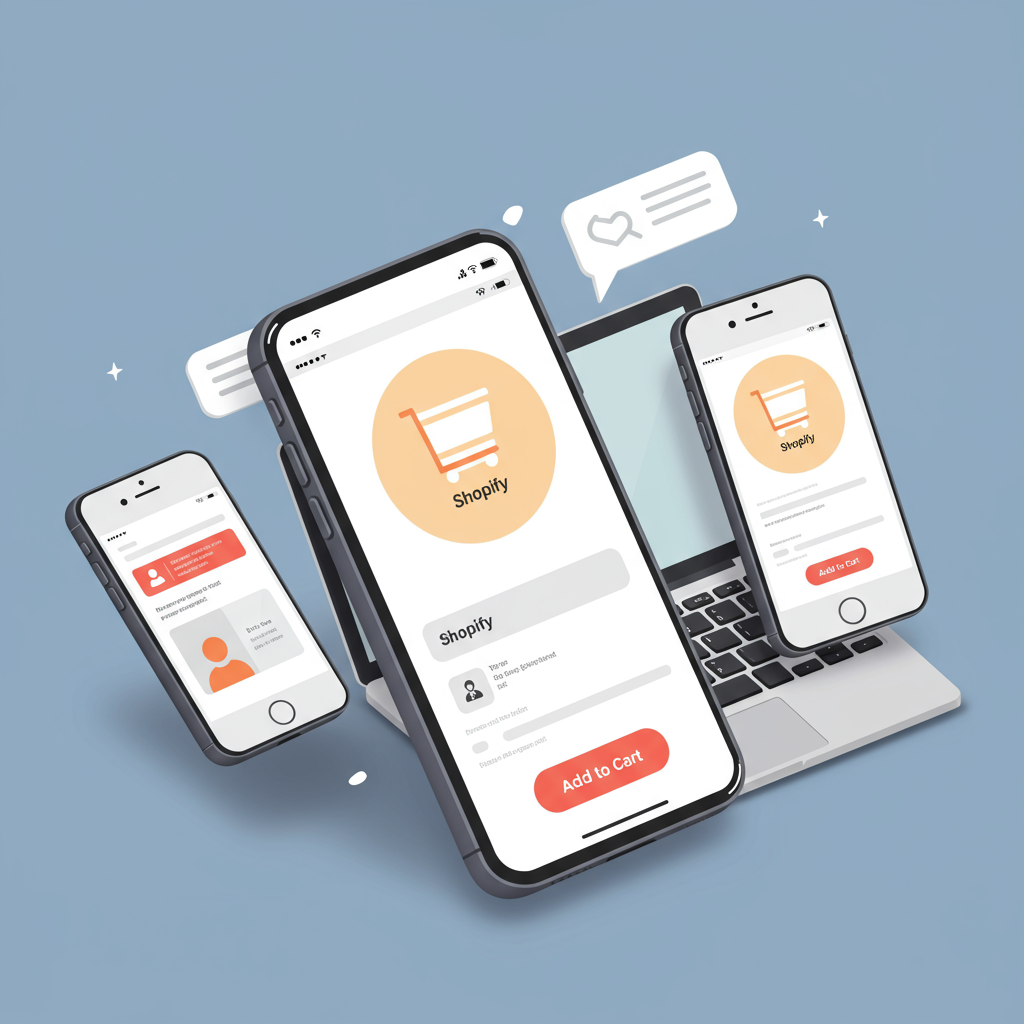Unlock unparalleled growth by designing your e-commerce presence with the mobile user at its heart.
Hello fellow Shopify merchants! Today, I want to talk about something incredibly vital for your online success: designing a mobile-first Shopify store.
In our increasingly connected world, the smartphone isn’t just a communication device; it’s often the primary way people interact with the internet, including shopping.
I’ve seen firsthand how a poorly optimized mobile experience can tank sales, no matter how great your products are.
Conversely, a store meticulously crafted for mobile users can unlock significant growth and customer loyalty.
So, what exactly does ‘mobile-first’ mean? It’s an approach where you design for the smallest screen first, then progressively enhance for larger screens.
This isn’t just about making your desktop site shrink; it’s about prioritizing content and functionality for the mobile user from the ground up.
My philosophy is simple: if it works beautifully on a phone, it will likely translate well to a tablet or desktop. The reverse is rarely true.
The first step in achieving this is selecting the right Shopify theme. Many modern themes are advertised as ‘responsive,’ but true mobile-first goes deeper.
Look for themes that prioritize speed and clean layouts on mobile. Test their demos on your phone before committing.
Once your theme is chosen, image optimization becomes paramount. Large, unoptimized images are the biggest culprits for slow mobile load times.
I always recommend using Shopify’s built-in image optimization or a third-party app to compress images without sacrificing quality.
Next, let’s talk about navigation. On a small screen, a cluttered menu is a nightmare. Embrace the hamburger menu and keep your main navigation concise.
Consider a sticky header that keeps essential elements like the cart icon and search bar accessible as users scroll.
Product pages are your conversion powerhouses. For mobile, this means clear, high-quality product photos that are easily zoomable with touch gestures.
Keep product descriptions concise and scannable. Use bullet points for key features and benefits, allowing users to quickly grasp information.
Your Call-to-Action (CTA) buttons, like ‘Add to Cart,’ must be prominent, finger-friendly, and easy to tap without accidental presses.
The checkout process is where many mobile users abandon their carts. My advice? Make it as frictionless as humanly possible.
Enable guest checkout, offer autofill options for forms, and integrate popular mobile payment methods like Apple Pay or Google Pay.
Minimize the number of steps required to complete a purchase. Every extra tap or field is a potential point of friction.
I also strongly advocate for rigorous testing. Don’t just assume your store looks good on mobile; test it on various devices and screen sizes.
Use Shopify’s theme customizer preview, but also grab your own phone, your friend’s phone, and a tablet to experience it firsthand.
There are also numerous Shopify apps designed specifically to enhance mobile performance, from speed optimization to mobile-specific pop-ups.
Don’t forget about analytics. Monitor your mobile conversion rates, bounce rates, and time on site. These metrics will tell you where to focus your optimization efforts.
Iteration is key. Mobile design isn’t a one-and-done task. User behavior evolves, and so should your store.
Have you considered how your store looks and feels on your own mobile device? What are your biggest mobile design challenges? I’d love to hear your thoughts on this article!
Beyond the basics, think about implementing Progressive Web Apps (PWAs) for an app-like experience without the download.
While Shopify doesn’t natively support AMP (Accelerated Mobile Pages) for product pages, you can use it for your blog content to speed up article loading.
Finally, consider voice search optimization. As more people use voice assistants, ensuring your product names and descriptions are voice-search friendly can be a future advantage.
In conclusion, embracing a mobile-first approach for your Shopify store isn’t just a trend; it’s a fundamental requirement for success in today’s e-commerce landscape.
By prioritizing speed, simplicity, and user experience on mobile, you’re not just building a website; you’re building a thriving business.






